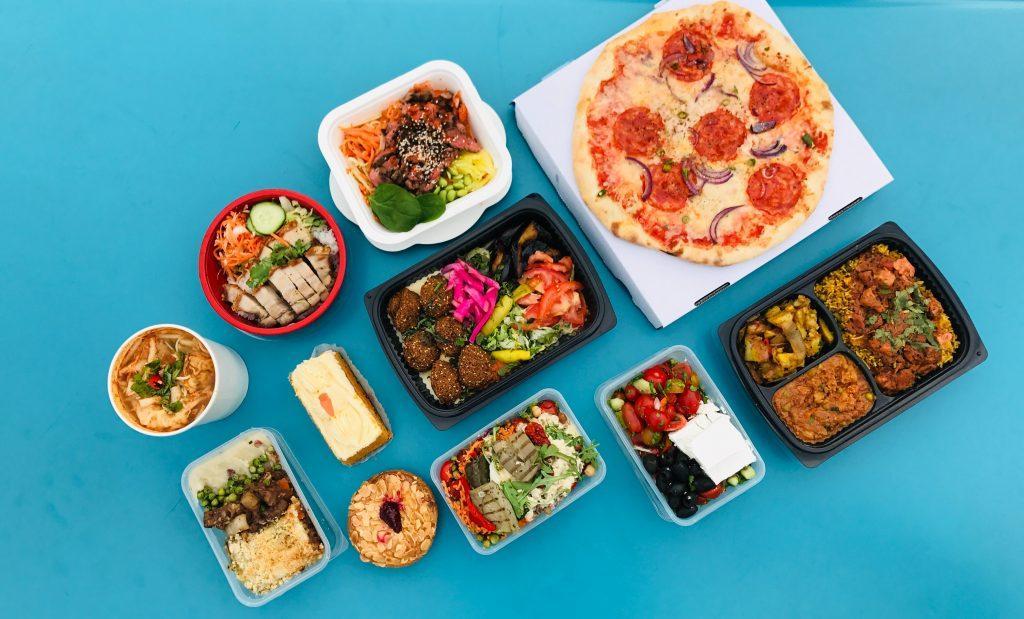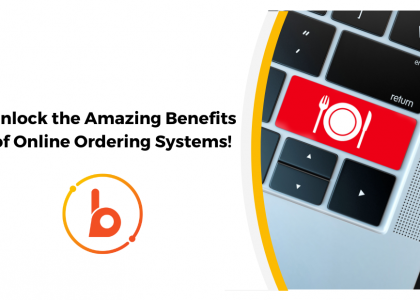
As demand for food delivery continues to grow, restaurants are reconsidering how they offer online delivery for their customers.
Over the past two years, restaurant pickup and delivery has seen remarkable growth. Even as the pandemic begins to slow down and restaurants are offering indoor dining again, many customers still prefer off-site dining due to habit or convenience.
According to a Deloitte survey, 61% of respondents order delivery or takeout at least once a week compared to 18% of respondents who did two years ago. 64% of respondents say they will not be reverting back to dine-in services in the near future.
Many restaurants didn’t offer delivery before the pandemic and were left scurrying for a solution when it hit. These restaurants turned towards third-party delivery platforms expecting it to be a temporary solution. However, they are now starting to reconsider the best long-term solution for delivery since it has become apparent that delivery is essential to customers. Meanwhile, restaurants that had in-house drivers for delivery, now face difficulties in providing delivery services due to labor shortages.
Third Party Deliver Platforms
Third-party delivery platforms include companies such as UberEats and Grubhub. These services are seen as convenient options for restaurants because they are easier than hiring drivers and managing deliveries in-house. However, these large companies also charge high commissions–sometimes up to 40%–and service fees, which cut into already thin restaurant profit margins.
Besides facing low profits, another challenge of third-party platforms is they own the data, so restaurants lose control of customer relationships and ultimately miss out on personalized relationships that are critical to their business.
In general, the benefits of third-party delivery platforms include:
- Quick and easy set-up with low initial investment
- Access to a large user base
- Provides extensive driver networks
Cons of third-party delivery platforms:
- High commissions and service fees that cut into profit
- Difficult for small businesses to get noticed on crowded marketplace apps
- No personal engagement with customers or access to customer data
In-House Delivery
Restaurants can set up their own delivery service, eliminating the third-party fees and providing more transparency for both restaurants and customers. 61% of customers said they preferred to order directly from restaurants to better support the business (Square).
Providing in-house delivery means restaurants need to set up an online food ordering system through their own website or over the phone and manage delivery operations. This provides restaurants with control over their customer data, end-to-end customer experience, and brand image.
Of course, establishing your own in-house delivery service comes with its own set of risks and difficulties. While utilizing third-party platforms requires little to no initial investment or prior knowledge, setting up an in-house delivery service requires hiring drivers and managing delivery operations, which sometimes means owning vehicles. The number of drivers a restaurant can hire greatly impacts the ability to fulfill orders, which can pose a problem during peak order times.
In general, the benefits of in-house delivery systems include:
- Having control over delivery costs, eliminating third-party commissions
- Build customer loyalty
- Control over quality of service
Cons of in-house delivery services:
- High initial costs and involvement to set-up
- Needs constant hiring of drivers and management of delivery operations
- Loss of business due to the inability to meet peak demand
A New Solution
Both third-party platforms and in-house delivery have their challenges, but what if you could get the benefits of third-party platforms and in-house delivery without the downsides?
There is a new class of commerce and delivery solutions that lets you take online orders through your own website and provide delivery without having to manage operations yourself. They don’t charge high commissions that erode profits and allow restaurants to get full control of their online presence and customer data. All is provided along with the ease of getting started. This is what boons.io provides.
boons provides a complete restaurant commerce platform for online ordering, delivery, and marketing. Restaurants can take online orders on their custom website and control their own customer data and interactions. An extensive network of drivers is readily available so restaurants don’t have to deal with the challenges of hiring drivers. Plus, deliveries are commission-free so restaurants can keep their profits and customers pay less for their meals. boons is the simplest way for restaurants to get started with online ordering and delivery without having to worry about the hassle of managing delivery operations yourself.
Conclusion
Some restaurants may find themselves receiving more benefits from implementing their own delivery service and others may find it more worthwhile to go with well-known third-party platforms. Either way, the number of options are increasing for restaurant owners. Instead of having to choose between two ends of the spectrum, restaurants can opt for a solution that combines the objectives of both delivery service models for restaurants that wish to differentiate themselves within the competitive industry.

